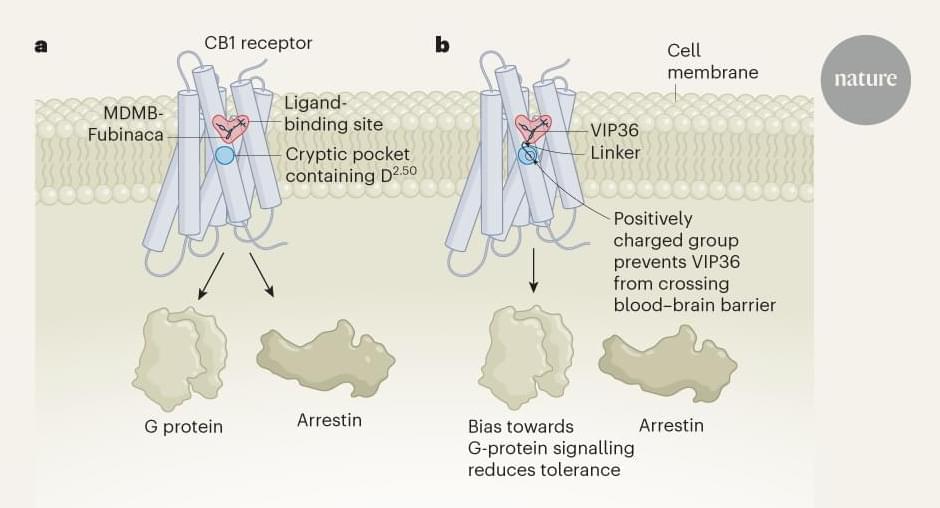The hosts discuss the 2014 film Transcendence by Wally Pfister and Jack Paglen. It depicts a world grappling with the implications of advanced artificial intelligence. The narrative follows a brilliant scientist whose consciousness is uploaded into a powerful computer system, leading to rapid technological advancements and sparking both hope and fear in humanity. As this AI evolves, questions arise about its intentions, its impact on society, and the very definition of life and consciousness, creating escalating conflict and raising profound ethical dilemmas. The screenplay excerpts depict a world grappling with the implications of advanced Artificial Intelligence (AI) and nanotechnology, touching upon several ethical topics. Dr. Max Waters, an AI researcher, is central to the narrative. There’s evidence of mind uploading or the transfer of consciousness to machines, particularly concerning a character named Will (Johnny Depp). This raises fundamental ethical questions about the nature of consciousness, the definition of life, and the potential for a digital consciousness.
The development of a powerful AI and the proliferation of nanotechnology appear to lead to a technological singularity, a point where technological growth becomes uncontrollable and irreversible, raising fears of a dystopian future and tech gone wrong. An organization called the RIFT opposes this technological advancement, highlighting the ethical concerns surrounding uncontrolled technological progress.
The screenplay also features conflict and threats, suggesting the potential for misuse of advanced technology and raising questions about its impact on humanity. The involvement of the FBI indicates that this technology poses a significant threat to societal order. Furthermore, the presence of a computer virus as a plot device suggests the vulnerabilities and risks associated with highly interconnected technological systems. The narrative explores the complex ethical dilemmas arising from the creation of highly intelligent machines and the transformative power of nanotechnology, including the potential loss of human autonomy and the unpredictable consequences of the AISingularity. #artificialintelligence #Transcendence #SciFiThriller #AISingularity #Nanotechnology #MindUploading #FutureTech #DystopianFuture #TechGoneWrong #Consciousness #MovieScreenplay #ScienceFiction #TechnologicalSingularity #AI
#Robotics #scifi #Technology #Innovation #Automation #Society #Economics #Work #Future #Dystopia #Utopia #ScienceFiction #Satire #SocialCommentary #skeptic #podcast #synopsis #books #bookreview #ai #artificialintelligence #booktube #aigenerated #documentary #alternativeviews #aideepdive #science #hiddenhistory #futurism #videoessay #ethics






